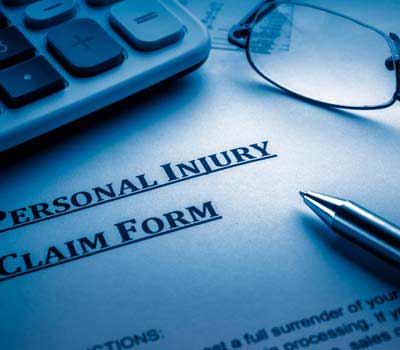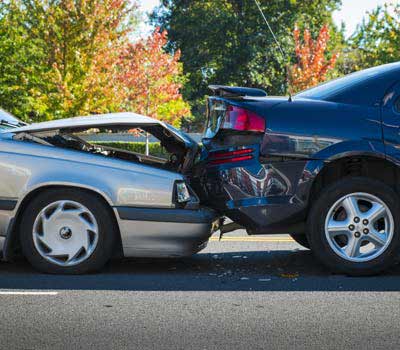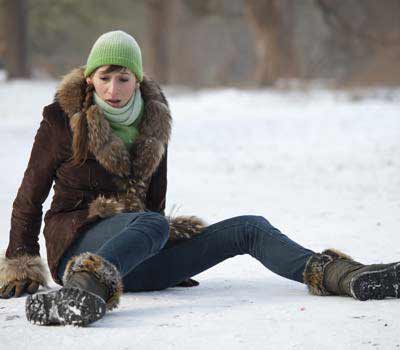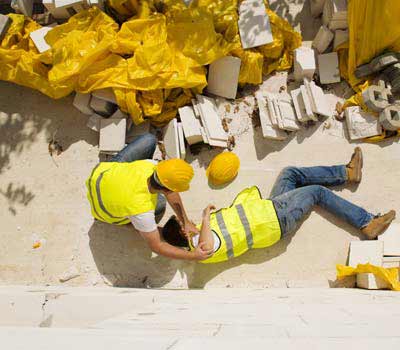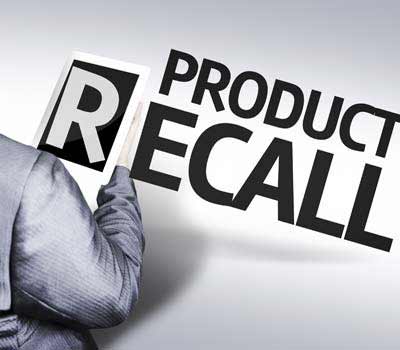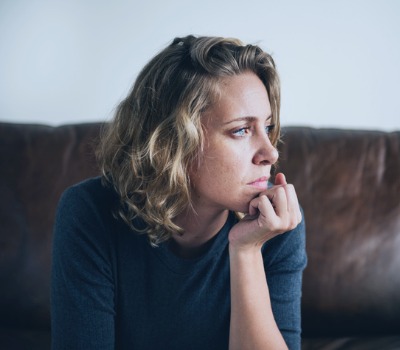With hundreds of amazing businesses and outstanding places to visit, Islip makes it nearly impossible to stay home all week. Islip residents who go out to patronize businesses, visit attractions, or just spend time at a friend’s house have the expectation that they will be protected from harm. Unfortunately, not all property owners in Islip take the necessary measures to keep their visitors safe. Hundreds each year get injured as a result of a property owner’s negligence, most often in slip and fall accidents. They could be left with serious injuries, resulting in steep medical bills, lost earnings, and other damages. Carner & DeVita can fight for the right of anyone injured in an accident in Islip. Our slip and fall accident lawyers have ample experience handling personal injury cases and winning clients fair compensation for their injuries and related losses. If you have hurt yourself on someone else’s property you can explore your options for filing a personal injury claim during a free, no-obligation consultation. Schedule your free appointment with an Islip slip and fall accident lawyer by calling 631-543-7070 or by using our convenient online form to contact us today.
How Slip and Fall and Negligence Laws Affect Your Case
In legal terms, the expectation that you will not encounter danger when visiting someone else’s property is referred to as the property owner’s “duty of care.” All property owners have a responsibility to exercise “ordinary care” to detect and remove hazards as a “reasonable person” would. If a hazard cannot be removed, the owner has a duty to warn visitors and if possible restrict their access to the hazardous area. The duty of care expected of a property owner (or their current tenant) varies based on the relationship the visitor has. There are three main categories of property visitors:
- Invitee: Those who have been explicitly or implicitly invited onto the property to the benefit of the property owner. Business patrons invited to shop somewhere are the most common example. Property owners have a high standard of care to protect invitees from hazards.
- Licensee: Those who visit a property for their own benefit, usually to solicit for a cause, such as when someone knocks on your door to sell magazines or to provide for their own amusement, such as when somebody goes to an acquaintance’s house for a dinner party. Property owners are expected to address any hazards within a reasonable amount of time to protect any potential licensees who might enter their property, or they must warn them clearly about such hazards.
- Trespasser: Property owners can protect their property from unwanted trespassers, but they cannot set traps or do anything else to deliberately cause them harm. Trespassers must also be warned of potential hazards, such as using a “Beware of Dog” sign.
If a visitor of a property gets hurt, they can file a slip and fall injury claim if the property owner did not take adequate steps to protect them from harm. For example, if a property owner failed to maintain the safety railing on their outside steps and the railing collapsed, causing a serious fall, then that scenario could potentially constitute negligence in some situations.
Factors That Can Affect Liability for a Slip and Fall Accident
There are a number of factors that could determine whether a property owner could be seen as legally responsible for a hazardous condition. First, the owner must actively attempt to identify and address common hazards. A perfect example would be a leaky air conditioner unit that drips onto a slick linoleum floor. The property owner should mop up the puddle if it is a one-time occurrence. If the water runoff happens frequently, then they should either repair the issue, find a way to drain it elsewhere, or post warning signs so that visitors are at least aware of the danger. However, a “reasonable person” cannot be everywhere at once, nor can a “reasonable person” exercising “ordinary care” predict all possible hazards. In some situations, the property owner may not have had time to even notice the condition or address it. For example, someone may not be responsible for an icy walkway if there is still sleet coming down. Proving negligence in slip and fall cases, therefore, most often requires proving that the property owner was aware of a recurring condition, could have predicted it given common sense, or could have detected it if they used “ordinary care” to maintain their property. Visitors have a responsibility to look out for hazards on their own, too, so some incidents could be blamed on an invitee or licensee’s failure to exercise ordinary care to protect themselves. In the event that someone is deemed partially responsible for their own injuries, New York’s pure comparative fault laws could diminish their injury claim by the portion of responsibility they had.
Work with a Slip and Fall Accident Lawyer in Islip Who Cares
At Sarisohn, Carter & DeVita, we know how unexpected injuries can leave you feeling scared and vulnerable. You can work with a slip and fall attorney in Islip who will fight for your legal rights and work hard to develop a winning strategy for your case. Schedule your free consultation with an experienced Islip slip and fall accident attorney when you contact us online or call us at 631-543-7070 today.
Learn How We'll Treat You As a Priority.

